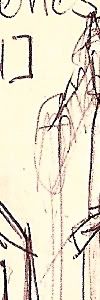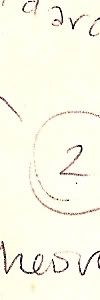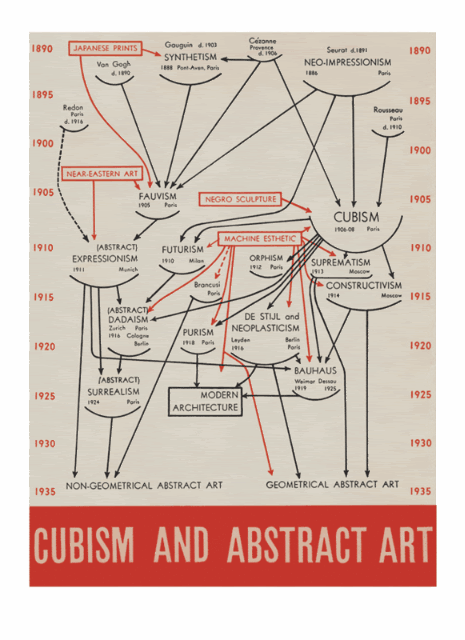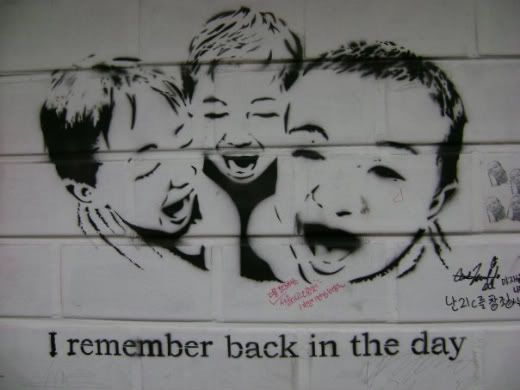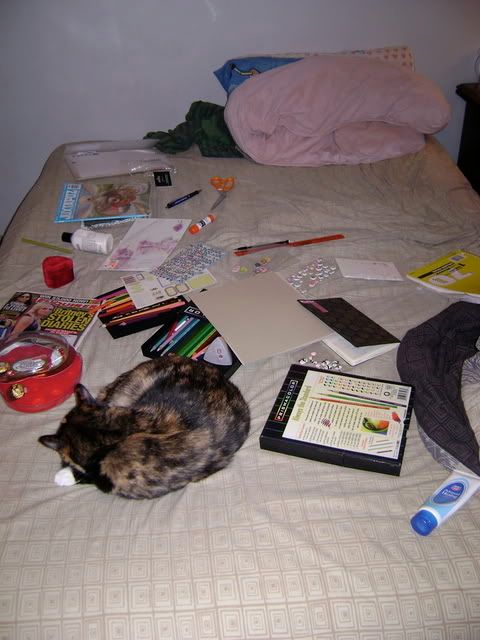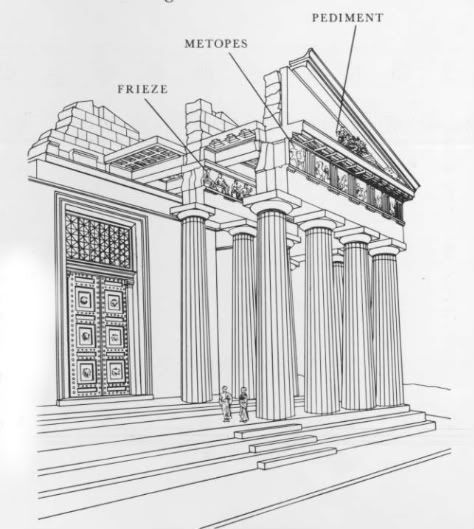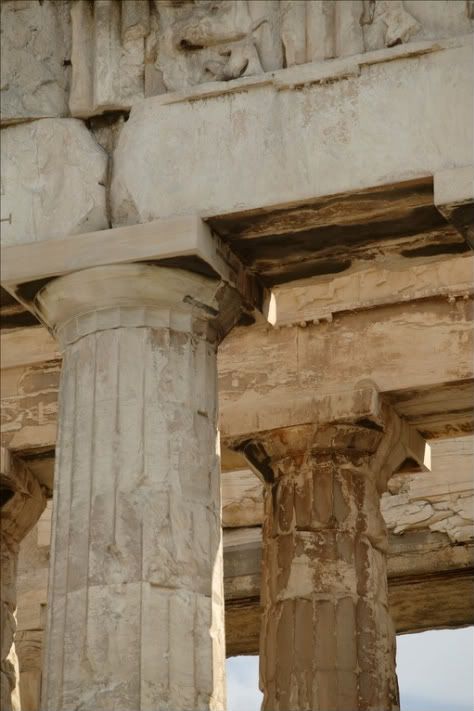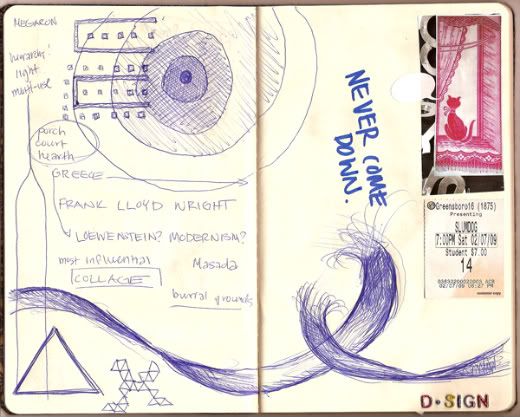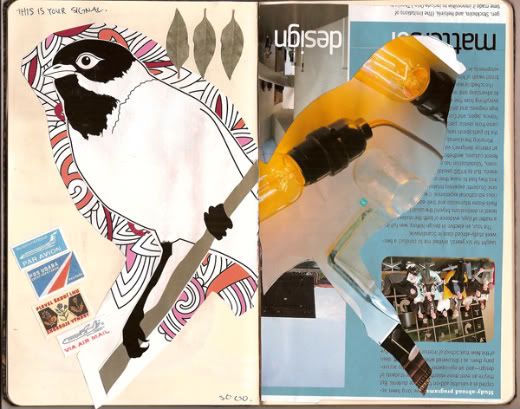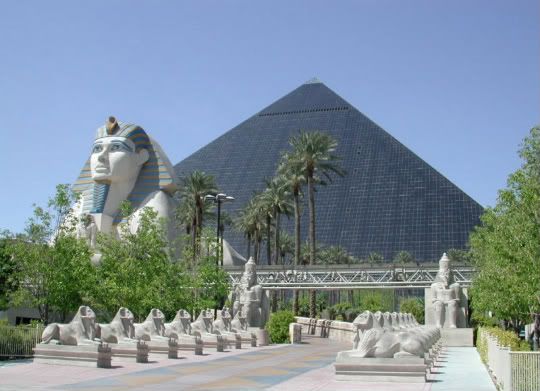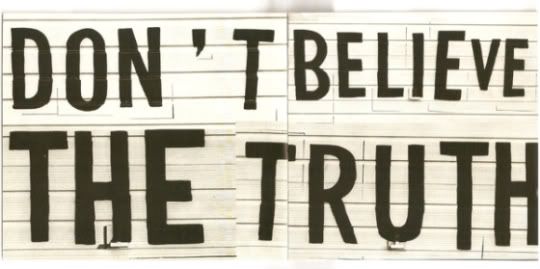☆ 011 ; output

In the course of gathering information for my research project many different, interrelated points became very apparent to me. First of all, it's all clearly related to the design cycle model [above], and I think that that reinforces my concept centering around language-- Modernism being the lingua franca of the architectural world in the twentieth century. Regions vary by many different factors [SHALL I SAY ASPECT, SHALL I? I hope I'm not giving too much away], but as the title of the most "pure" form of Modernism, the International Style, implies, Modernism becomes a global way of thinking, something that links these regions. I think it's best evidenced by the skyscraper phenomenon-- think of the Petronas Towers, Burj Dubai, Taipei 101. These can exist in any urban context, and they become forms that people understand and recognize universally.
As Modernism is the lingua franca, I also believe there's a standard and a dialect. If I put it linguistically, the English variety spoken between groups in Shanghai is certainly different from the English standard in America, which is certainly different from British English. If the International Style is the standard, then the offshoots are the dialects. This idea is important as through my readings I get the idea that there were at least two major waves of Modernism [there's that design cycle]-- the first wave of the Bauhaus and the International Style, and then a post-World War II wave which highlighted a need for a more regional design responses, or, in other terms, the vernacular.
…the ‘vernacular’ is a complex concept: at once an imaginary space evoking a sense of native place, or Heimat, in the face of modern anomie, and a language of aesthetic forms used by individuals to translate that imaged space into concrete reality.
Michael Saler
This vernacular movement included Greensboro architect Edward Loewenstein. Through materials and careful site planning, but still following Modernist design tenets, Loewenstein successfully designed a myriad of spaces in Greensboro. I wish I still had my pictures from when I participated in the Loewenstein exhibition studio as led by Patrick back in Fall 2007 [wow that was a long time ago!], but my last computer crashed and took a lot of information with it. But no worries, I'll get my hands on something. In any case, Loewenstein was designing with one of the dialects. And I think a direct comparison between him and oh, say, Le Corbusier, who designed with the standard, becomes a critical point around which everything else rotates.
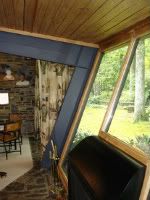

Above left is a photo of the interior of the Loewenstein residence here in Greensboro, and above right is a photo of the interior/exterior of Le Corbusier's VIlla Savoye, located in Poissy, France. I think one can clearly see the relationship between the two from the start, but further analysis about the design language is needed to truly understand what's going on here. The other night I was looking at all this information that I had gathered thus far... citations, photos, my writings... and I struggled with how best to represent it all. Writing by itself is too dry, but what's the relevance of a graphic or a website if it doesn't have a specific aim? I was thinking it needed to be tied to the history/theory class in some way when it hit me... why not use the honors section project as a model for the design analysis? It could easily be expanded upon, in a greater manner than I would for unit summaries, and then designed for a website. I would use my "lingua franca" phrase, as it incorporates the language part of it, and look at the subject[s] [I'm thinking this falls under explorations as it is focused on Modernism], objects, and aspects. The product could be used in the academic environment, thus it's relevant and useful.
Ah, now to organize that information. It's all a matter of plugging it in, then editing and editing and editing. I have my work cut out for me.

